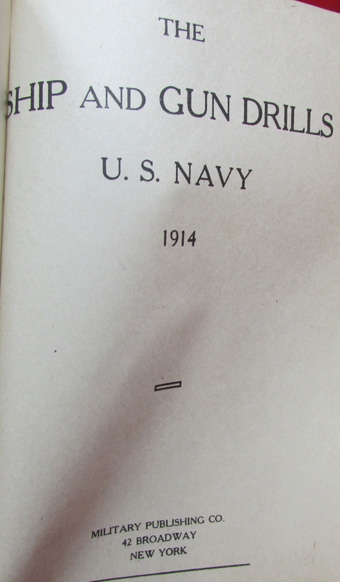

The last decade has seen the advent of new unconventional drilling methods, such as Managed Pressure Drilling and Casing/Liner Drilling. This whole process is virtually instantaneous, allowing key decisions to be made as the well is being drilled. This data is then passed along to decoding computers that interpret or deconvolute the data from downhole. These pulses are received by very sensitive devices on the rig floor. MPT is made possible by creating pressure waves within the drilling mud back up to the surface through the drill pipe. How is this data communicated to the surface while drilling ahead? This form of communication is called MPT (mud pulse telemetry). MWD tools today are doing the same job the wireline companies have done in the past at a fraction of the cost and logging the well while we they drill ahead. After which costly and not as effective wireline runs where made Present day drilling technology has caught up & todays wireline engineers still log wells but not nearly as much as they used to. In the past most of these measurements were taking after the well had been completed.


Today's MWD engineers play a vital role by providing these measurements and parameters in real time. BHA integrity & hole integrity data involving smoothness of rotation (stick slip, bit bounce, tool vibrations), downhole temps, torque. It also reports other mechanical variables such as, downhole torque, RPM's, W.O.B. MWD measures tool location, inclination, azimuth and BHA orientation (tool face). MWD: (measurement while drilling) provides drilling mechanics and directional measurements. Acoustic caliper reports (borehole size & geometry), inclination at the drill bit (NBI), magnetic resonance & formation pressure. LWD measures density, porosity & resistivity within a formation. LWD: (logging while drilling) provides formation measurements while drilling. Usually it is common that both MWD and LWD are referred to as MWD. MWD tools and logging systems can be broken into 2 separate categories, LWD & MWD.


 0 kommentar(er)
0 kommentar(er)
